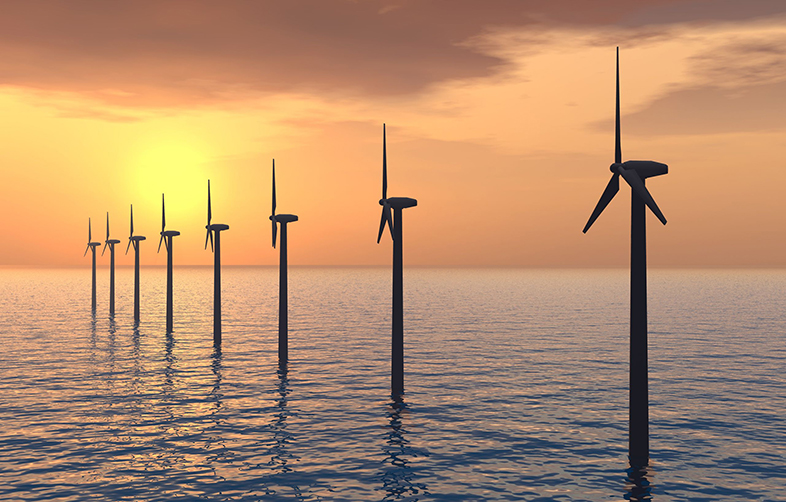1.1 Deep and shallow water waves
Deep water waves – In terms of wave propagation, water is considered ‘deep’ when the water depth is greater than about half the wavelength. The velocity of a deep-water ocean wave can be shown to be proportional to its period, as expressed in the equation in Figure 5:
When simplified, this equation leads to the useful approximation that:
the velocity of deep water wave in metres per second is about 1.5 times the wave period in seconds
Activity 1 Long waves and short waves
Which waves travel faster – long waves or short waves?
Answer
Long waves travel faster than the shorter waves. This is referred to as ‘dispersion’, a unique feature of deep water waves which can lead to dangerous and hard to predict combinations of wave crests.
Shallow water waves – As waves approach the shore, the seabed starts to have an effect on their velocity, and it can be shown that if the water depth is less than a quarter of the wavelength then:
the velocity under these conditions is equal to roughly three times the square root of the water depth – it no longer depends on the wave period
The height and steepness of the waves generated by any wind field depends upon three factors:
- the wind speed
- its duration
- and the ‘fetch’, i.e. the distance over which wind energy is transferred into the ocean to form waves.
When a steady wind has blown for a sufficient time over a long enough fetch, the waves are referred to as constituting a ‘fully developed’ sea.
The UK is well situated to make use of wave energy because it lies at the end of a long fetch (the Atlantic Ocean) with the prevailing wind blowing towards it. The UK’s western approaches have therefore been of most interest to wave energy engineers and developers.
It’s important to know what goes on under the water to understand how to capture wave energy efficiently. You’ll look at that in the next section.

